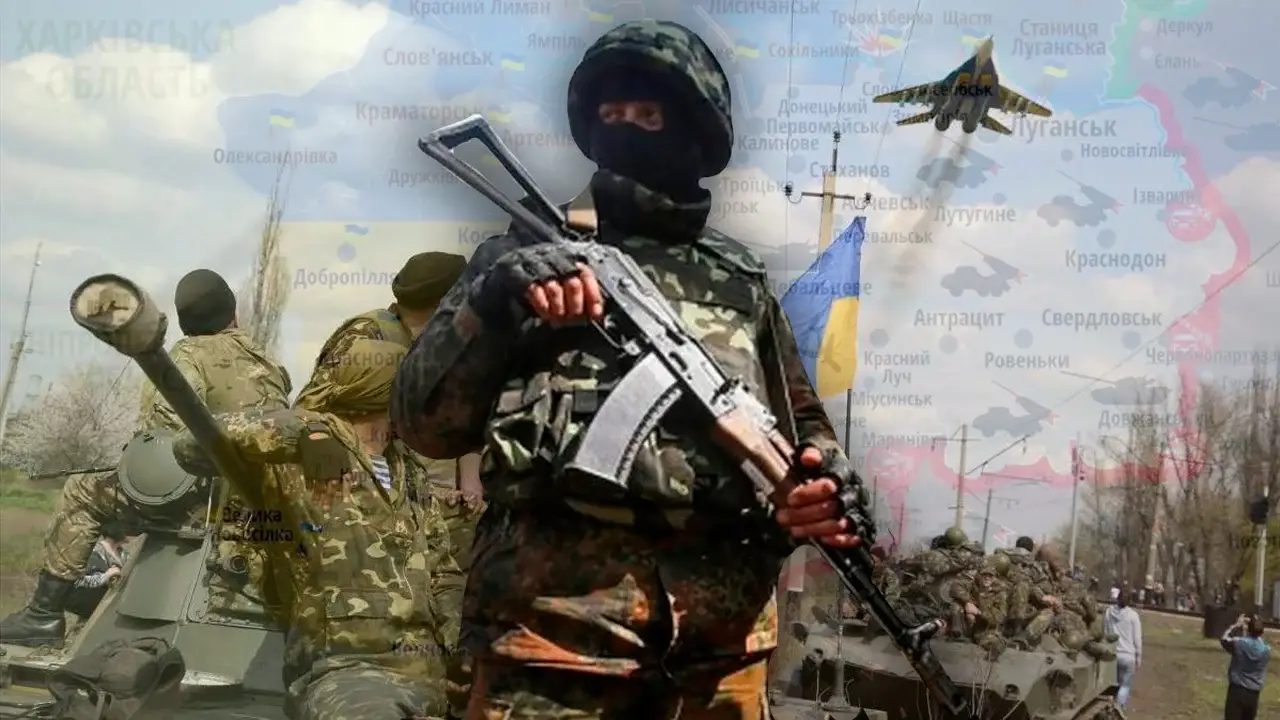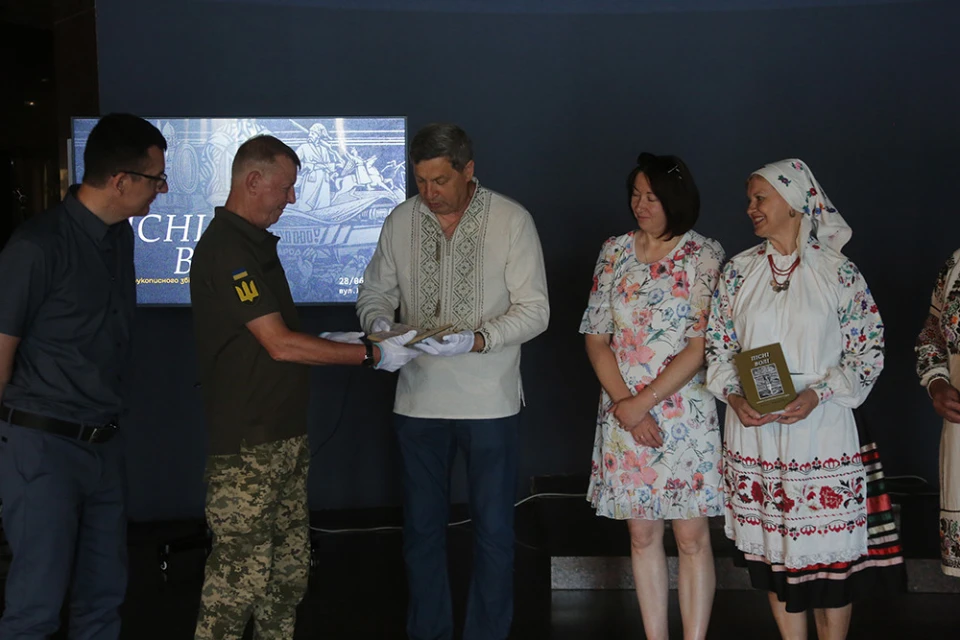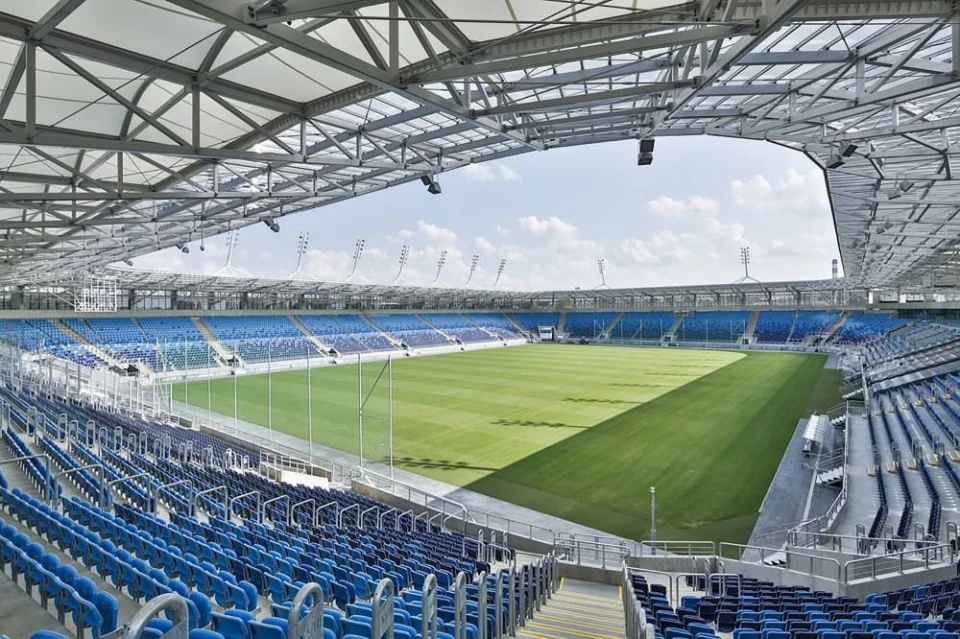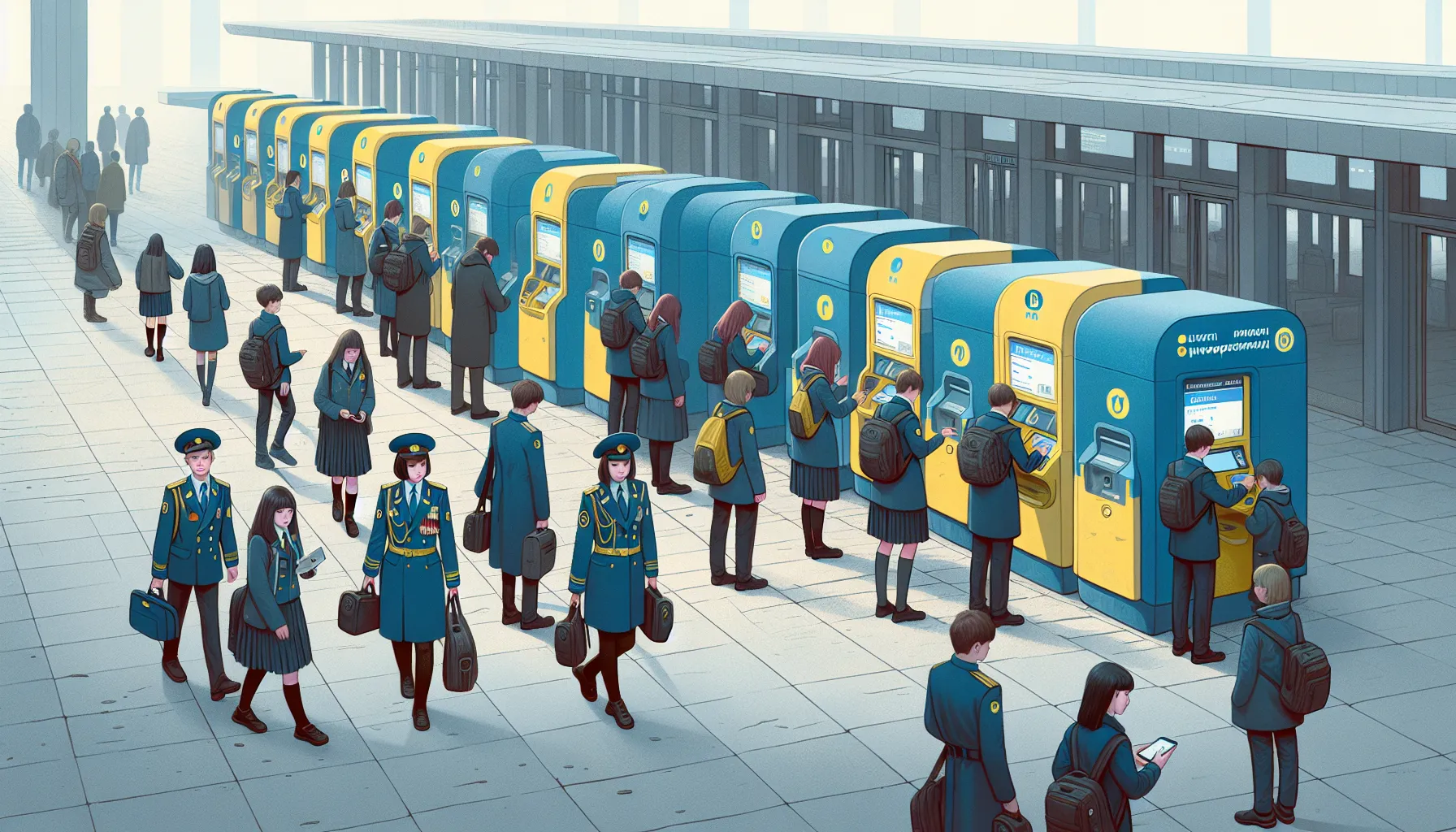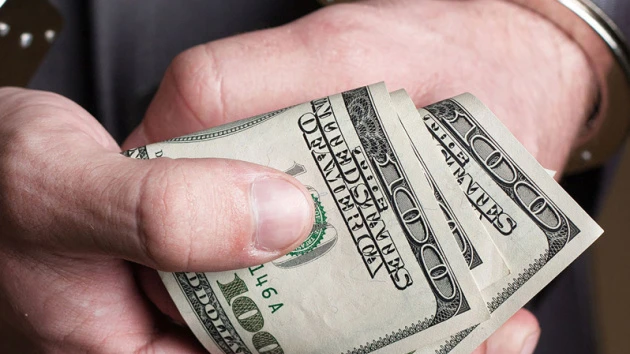Voloshyn Gallery presents a solo exhibition of the Ukrainian artist Nikita Kadan “The Ray Penetrates the Soil” in Kyiv
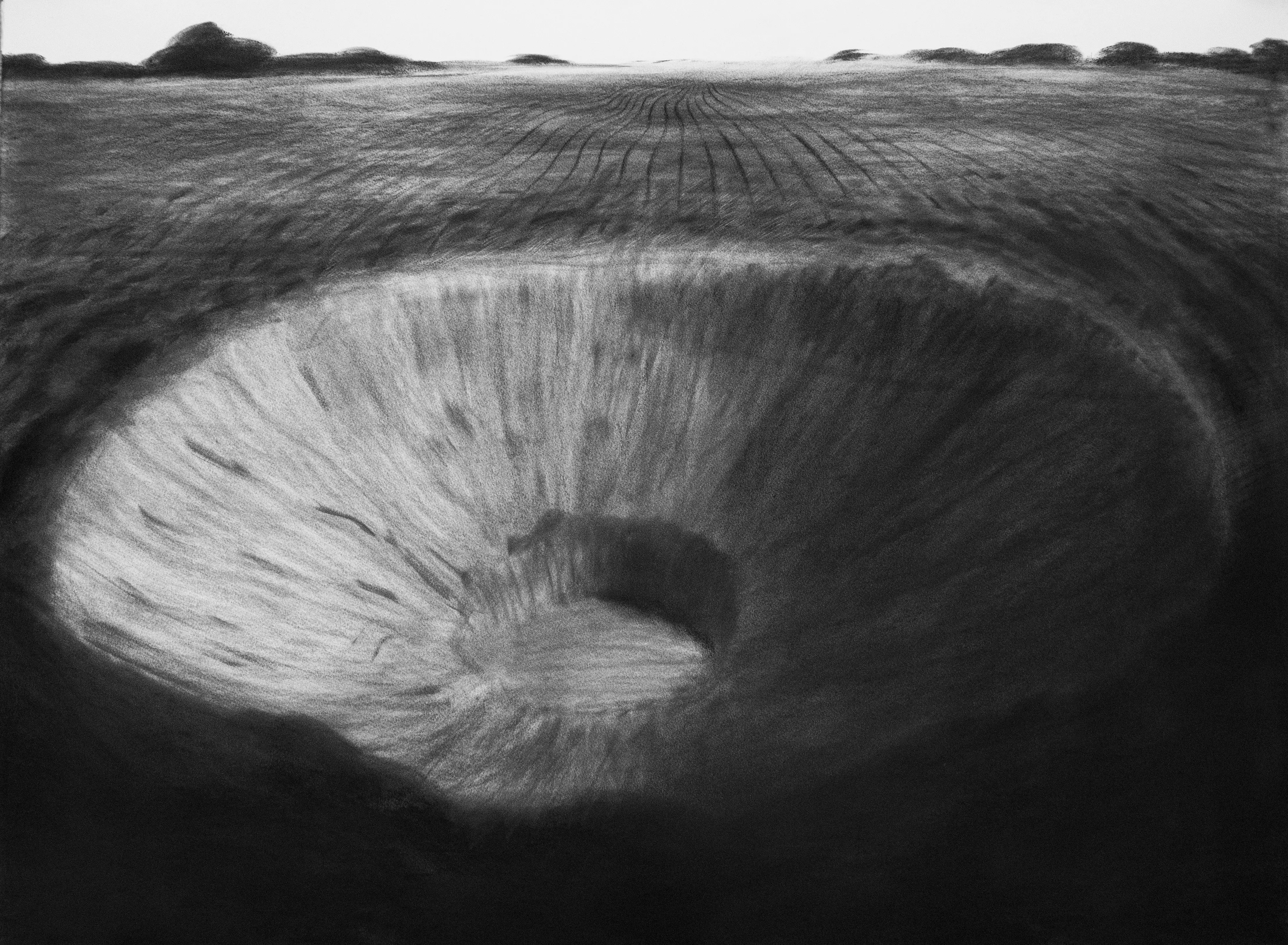
Nikita Kadan is one of the leading artists of his generation. He participated in the 56th Venice Biennale and in the collateral events of the 59th Venice Biennale, had solo and group exhibitions in important art institutions, including Castello di Rivoli (Turin, Italy), MUMOK (Vienna, Austria), Musée d'Art Moderne de Paris (France), Museum of Modern Art (Warsaw, Poland), M HKA (Museum of Contemporary Art Antwerp). His works are part of the most important public collections around the world, including Centre Pompidou in Paris (France), Thyssen-Bornemisza Foundation Art Contemporary (TBA21, Vienna-Madrid), Pinakothek der Moderne Kunst in Munich (Germany), etc.
In his practice, Nikita Kadan explores the paradoxes of the politics of memory. The artist addresses the relationship between history, culture, and violence. In particular, he addresses Ukrainian traumas and the changing ways in which they are inscribed in history. His works, although they emerge from a local context, address universal questions about colonial violence and violence within local communities, the fluidity of ideologies and the unstable nature of any historical narrative.
“The Ray Penetrates the Soil” is a second solo exhibition of Nikita Kadan in Voloshyn Gallery. The body of work presented in the exhibition (sculptures, charcoal drawings, paintings), was created in 2024 and is shown here for the first time. It refers to October 10, 2022, one of the largest russian shelling on the territory of Ukraine. Back then, one of the rockets exploded on a playground in Taras Shevchenko Park, which is located directly next to the gallery.
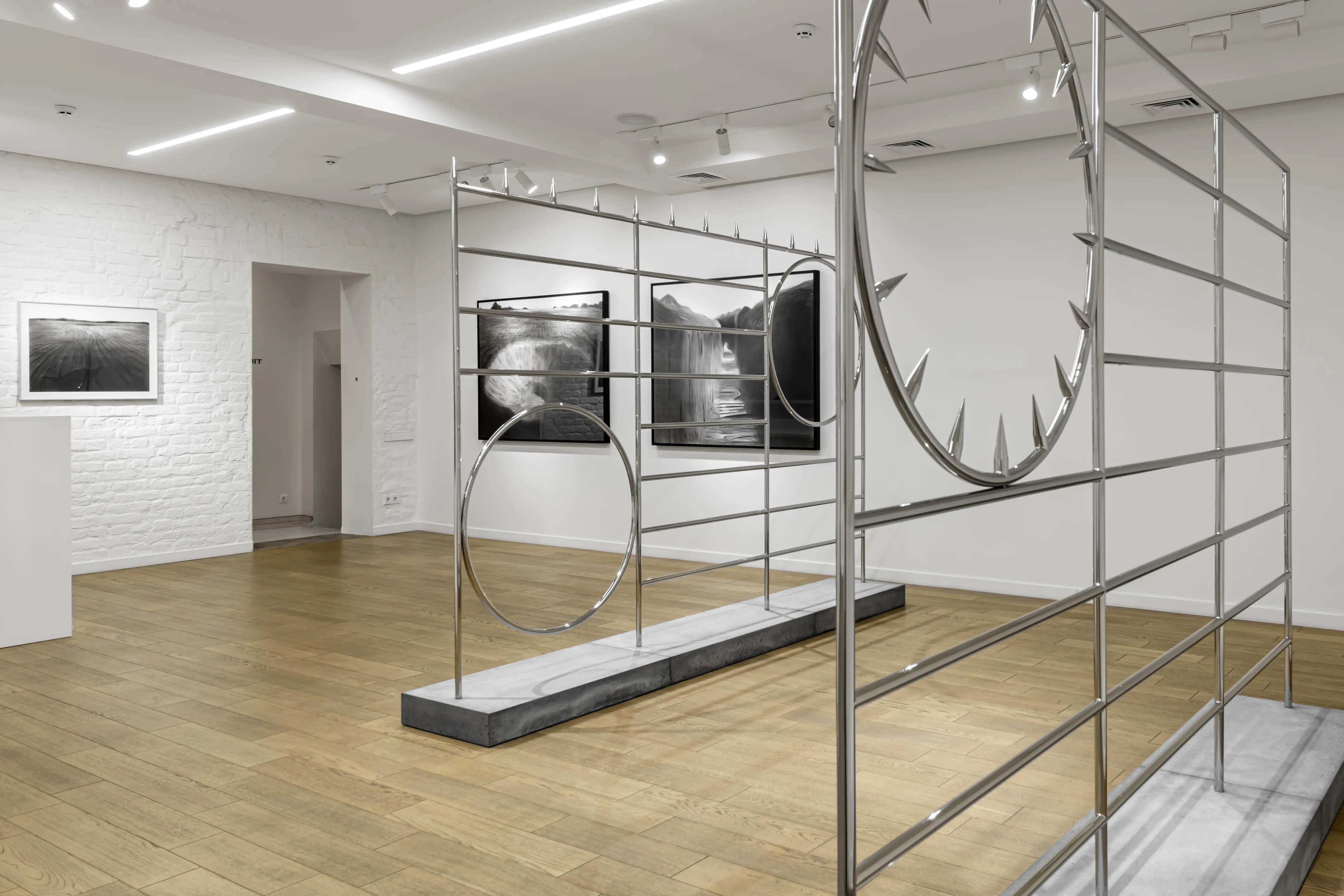
The exhibition begins with a work that continues the series “The Shadow on the Ground,” which the artist started in March 2022, when he was using the gallery as a bomb shelter and began working there. The series develops around the motif of black arable land and the silhouette of an unidentifiable reclining figure, lacking any further features.
Next to the series are sculptures that resemble typical Soviet playground ladders that have been turned into dangerous objects. The “end of the post-Soviet,” the disintegration of the “common cultural space” and the oblivion of the various forms of collective experience that held it together, has become a distinct trend in the post-2014 period. Those elements that connected this territory, such as typical Soviet playgrounds, while remaining familiar to different parts of the space, have become both a reminder of “common descent” and, accordingly, an embodiment of shame, a symbol of innate impurity. A wound of commonality, an obsessive recognition of an enemy in the mirror.
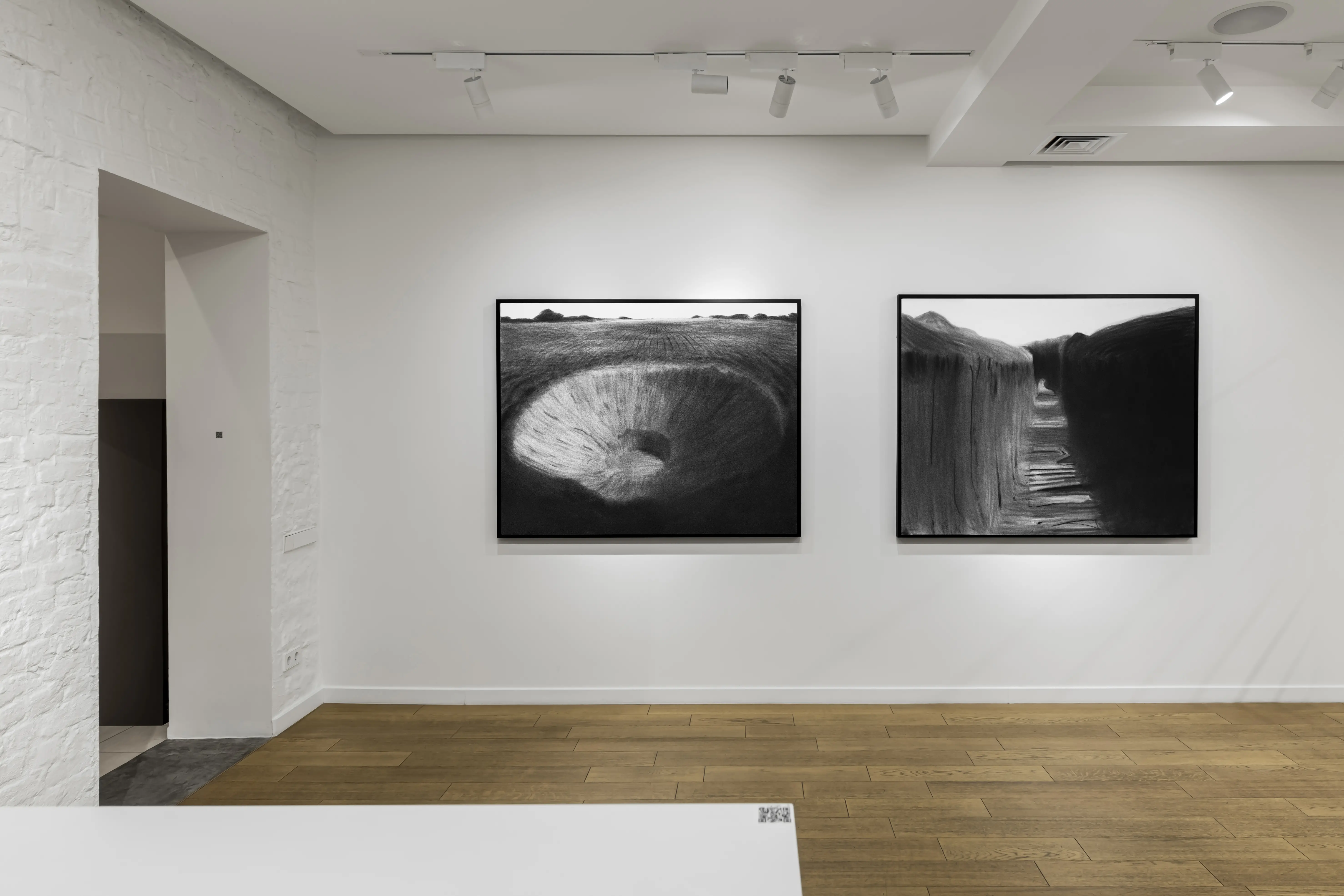
A series of charcoal drawings engages in a dialogue with the sculptures. It depicts various forms of war-related intrusions into the earth: an explosion crater, a trench, hastily dug graves in the forest. The human figures appearing in two paintings in the second room (photographs of Red Army soldiers frozen in trenches from the Second World War found in German archives) remain in an uncertain status, as there is a risk of mistaking an archival image for a visual testimony of the present. Another sculpture is a metal sun, whose rays have been transformed into shiny spikes.
“It all started with a crater left after a missile strike at the playground in the Shevchenko Park in Kyiv. As the Soviet song goes, 'a circle of the Sun, the sky around it.' Landscapes with various forms of war-related dips in the soil. The idea of the national feeling being rooted in the landscape. Hugs of the chernozem. Attachment to land. Attachment to soil. Victory over the sun. The crime of light. Rays that wound. Rooting as actual pain and as phantom pain. Only eschatological optimism is left”*, – Nikita Kadan.
Opening reception: Friday, 23 February, 11 a.m – 6 p.m.
February 23–March 31, 2024
13 Tereshchenkivska Str., Kyiv
For all press inquiries, please contact us: [email protected].
*On October 10, 2022, russia attacked Ukraine with 84 cruise missiles and 24 unmanned aerial vehicles. At 8:18 a.m. (UTC+3) three explosions occurred
in the Shevchenkivskyi district of Kyiv with an interval of 1–2 minutes: the first rocket hit near the stairs to the monument to the Magdeburg Law, under
the pedestrian-bicycle bridge over Volodymyrskyi Descent, the second fell near the monument to Mykhailo Hrushevskyi at the intersection of
Volodymyrska Street and Taras Shevchenko Boulevard. Volodymyrska Street and Taras Shevchenko Boulevard, and a minute later a third rocket exploded
on a playground in Taras Shevchenko Park.
"May There Always Be Sunshine" (russian: "Пусть всегда будет солнце!" or "Солнечный круг") is a popular Soviet children's song created in 1962.
Victory over the Sun (russian: Победа над Cолнцем, Pobeda nad Solntsem) refers to a 1913 Futurist opera by the poet Aleksei Kruchyonykh, the
composer Mikhail Matyushin and the artist Kazimir Malevich that premiered at Luna Park in Saint Petersburg. Kadan observes, “it was an accumulation
of the strongest forms of avant-gardes of the time, russian as well as Ukrainian.” Stage designer Kazimir Malevich and librettist Aleksei Kruchyonykh were
“appropriated by russia and made part of their official history by this empire, yet they were born in Ukraine”–Malevich in Kyiv, Kruchyonykh in the Kherson region.

